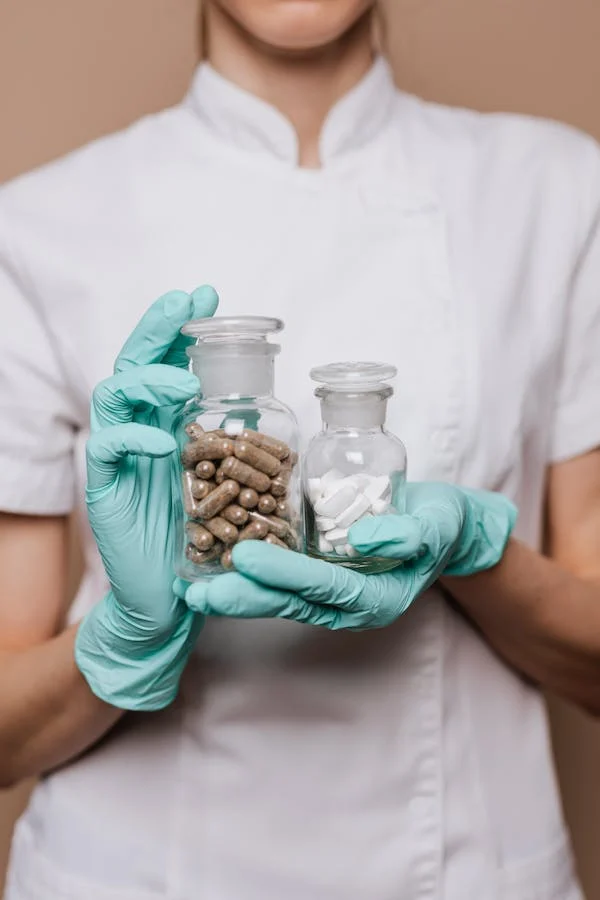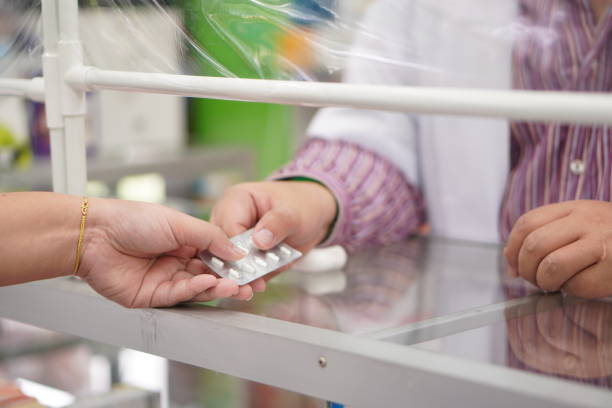Medication dispensing refers to the process of providing prescribed drugs and medication to patients. This process involves several steps, including prescribing, ordering, preparing, and dispensing the medication to the patient.
The main objective of medication dispensing is to ensure that the right patient receives the right medication in the right dose and at the right time.

Medication dispensing is an essential component of patient care that involves several steps, including prescribing, ordering, preparing, and dispensing medications to patients. This process ensures that patients receive the right medication, at the right dose, at the right time. Pharmacists play a critical role in medication dispensing by ensuring medication safety and addressing challenges such as medication errors and non-adherence.
Prescription medications are drugs that require a prescription from a licensed healthcare provider before they can be dispensed. The prescription is a written or electronic order that includes the medication name, strength, dose, route of administration, and instructions for use. Once the prescription is received, the dispensing process begins.
The next step in medication dispensing is ordering the medication. This involves verifying the prescription, checking for drug interactions, and ensuring that the medication is available in the desired form and strength. If the medication is not available, the pharmacist may contact the prescriber to discuss alternative treatment options.
Once the medication has been ordered, it is time to prepare the medication for dispensing. The preparation process includes checking the medication label, verifying the medication dose, and selecting the appropriate container for dispensing. The pharmacist may also need to prepare the medication in a specific form, such as crushing tablets or preparing a liquid solution.
The final step in medication dispensing is actually providing the medication to the patient. This involves checking the patient’s identity, providing counseling and education on the medication, and ensuring that the patient understands how to take the medication properly. The pharmacist may also need to provide instructions for storing the medication and managing any potential side effects.
Point of care dispensing can be a cost-effective option for patients as it eliminates the need to travel to a separate pharmacy to fill their prescriptions. This can result in cost savings for patients by avoiding transportation costs and potentially lower medication costs due to the pharmacy being able to negotiate better pricing by ordering medication in bulk.
Medication dispensing offers several benefits to patients, including:

Convenience: Patients can receive their prescribed medication at the point of care without the need to visit a separate pharmacy, saving them time and effort.
Timely access to medication: Patients can receive their medication immediately after it is prescribed, ensuring they can start their treatment promptly.

Improved medication adherence: Dispensing medication at the point of care can improve medication adherence, as patients are more likely to follow their prescribed treatment plan when they receive their medication on time.
Better medication management: Dispensing medication at the point of care allows for better medication management, as healthcare providers can monitor the patient’s medication regimen and adjust it as needed.

Increased patient safety: Point of care dispensing can enhance patient safety by reducing the risk of medication errors and drug interactions.
Potential cost savings: As mentioned earlier, point of care dispensing can result in cost savings for patients by avoiding transportation costs and potentially lower medication costs due to the pharmacy being able to negotiate better pricing by ordering medication in bulk.
While medication dispensing is an essential component of patient care, there are several challenges that must be addressed to ensure that patients receive safe and effective medications. One of the biggest challenges is medication errors, which can occur at any point in the dispensing process. These errors can lead to adverse drug reactions, hospitalizations, and even death.
Another challenge in medication dispensing is medication non-adherence, which occurs when patients do not take their medications as prescribed. Non-adherence can lead to treatment failure, disease progression, and increased healthcare costs. Pharmacists play a critical role in addressing these challenges by providing medication counseling, education, and monitoring to ensure that patients receive safe and effective medication therapy.
Increased revenue: Dispensing medication at the point of care can generate additional revenue for clinics by capturing revenue that may have been lost to outside pharmacies.
Improved patient care: By dispensing medication at the point of care, healthcare providers can monitor the patient’s medication regimen and adjust it as needed, leading to improved patient care and outcomes.
Streamlined workflow: Point of care dispensing can streamline the workflow for healthcare providers by reducing the need for additional administrative tasks, such as communicating with outside pharmacies and tracking medication orders.
Enhanced patient satisfaction: Patients appreciate the convenience of receiving their medication at the point of care, leading to higher levels of patient satisfaction.
Reduced risk of medication errors: Dispensing medication at the point of care can reduce the risk of medication errors and drug interactions, improving patient safety.
Improved medication adherence: As mentioned earlier, point of care dispensing can enhance medication adherence, resulting in better treatment outcomes and reduced healthcare costs.
In summary, medication dispensing at the point of care offers several benefits for doctors and clinics, including increased revenue, improved patient care, streamlined workflow, enhanced patient satisfaction, reduced risk of medication errors, and improved medication adherence.
Precision RX Management is a one-stop-shop that provides high-quality FDA-approved prepackaged medications and an intuitive web-based dispensing system. The company assists healthcare providers in creating a new and hassle-free revenue stream by choosing them as their vendor for in-office medication dispensing.
© 2023 Precision RX Management | All Rights Reserved.